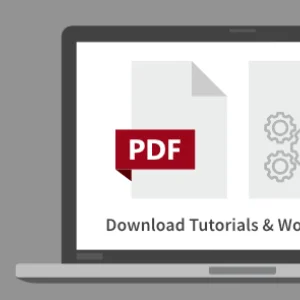Standardized Microstructure Analysis of a Cathode Material
PDF tutorial, Digital Battery Design (Part II)
The range and charging speed of electric vehicles depend largely on the electrochemical processes inside the batteries. Optimizing these processes requires a deep understanding of the microstructure of electrode materials—a complex process that can be accelerated digitally with GeoDict software.
GeoDict enables for battery material design:
- Visualize 3D scans of real electrode materials, create detailed 3D models from scans, and identify analytically the components of the materials, such as active material and binder.
- Generate a statistical digital twin, and interactively change the material components and parameters, e.g. the binder content in an electrode.
- Simulate the charging and discharging of a digital battery starting from real electrode materials and get values like the charge dependent capacity or the overpotentials. Predict the effect of modifying the microstructure of the digital electrode model and the conditions of the charging process.
- Complement or replace experiments that are time consuming, costly and demand sophisticated interpretation to single out the influence of certain parameters on a complex battery system.
In this PDF tutorial you will learn step-by-step:
- Identify binder content: Detection of the binder within the solid phase.
- Perform transport analysis: Analysis of properties such as tortuosity, specific surface area, and pore structure.
- In-depth structural analysis: Evaluation of chord lengths, grain sizes, and pore size distributions.
The tutorial is aimed at battery developers, materials scientists, and engineers who want to improve the performance of electrode materials through digital modeling.
Not registered yet? Register for free and enjoy all the benefits.


